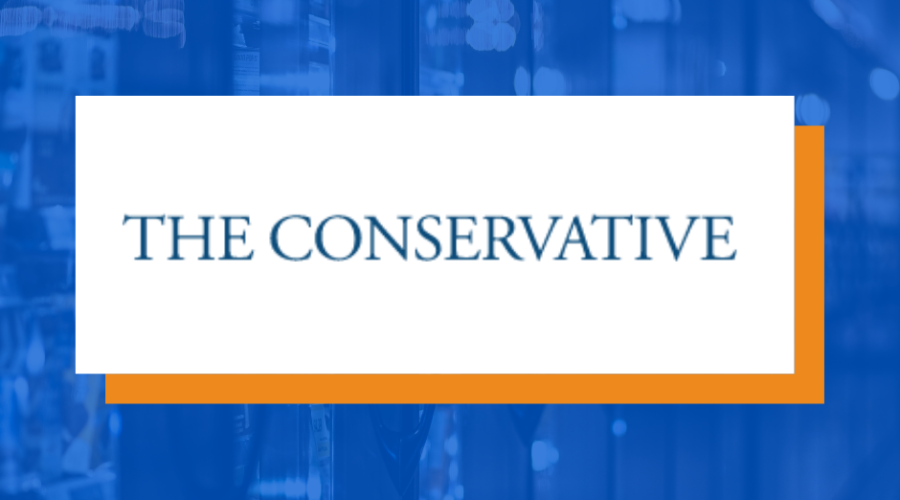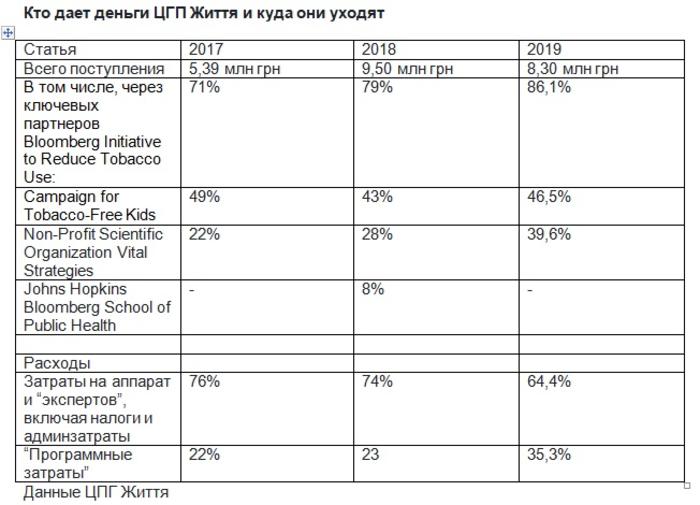Why don’t we give consumers a choice?
Despite being discouraged by concerned authorities of the government, the use of vaping is soaring among people in Bangladesh. These consumers, mostly young and middle-aged, reside in major cities, and they see vaping as an alternative to the traditional cigarette.
The availability and limited advertisements of vaping or electronic cigarettes on e-commerce sites of the country have been acquainting people from all walks of life.
After talking with several vapers, former smokers, it is revealed that because of escalating diseases appear in the human body for taking cigarette consists of higher nicotine and chemical they are taking vaping as an alternative of cigarette as different.
Public Health England considers e-cigarettes to be 95% less harmful than smoking. That means vaping could be an appropriate solution for millions who want to quit.
That said, concerned authorities of the Bangladeshi government have said several times that they are considering a ban on the production, import and sale of electronic cigarettes to prevent health consequences. But considering that vaping devices are proven to be less harmful, can that be justified?
Dr Rajib Joarder, a physician from Dhaka Medical College (DMC), has been accused of campaigning in favour of vaping in a video uploaded on Facebook recently.
Several reports were published in this regard saying that he tarnished the images of the government by sharing the beginning of his vaping story publicly, claiming that vaping industry is booming and those who are talking against them do not have a legitimate logic. The doctor applauded Voice of Vapers (VoV) as a very effective initiative.
As a free-thinker, I did not get any logic of hindering someone from expressing his own thinking. This becomes more complicated when someone is stopped from talking about the issues related to his concerned sector. Health is the main focus here, and as a doctor, he has every right to express his opinion on what he considers good or bad.
Stifling someone because of their point of view is something that should not be normalized. What is true is that there is significant scientific proof of vaping’s effectiveness, and trying to ban or restrict it cannot be a proper solution.
In the last few years, we have seen that taxes have been increased several times on cigarettes, but its rate of use remains the same. It seems impossible for the government to make people quit tobacco.
But authorities can shed light on finding alternative ways to reduce harm, mostly through innovation. The aforementioned doctor tried it by sharing his knowledge and experience, but he was roundly criticised.
Stifling the doctor in expressing his opinions will make the situation worse. In order to reach a final solution, we should let concerned people, including consumers, speak freely about what they know and choose. That’s how we can achieve consumer choice.
Rabiul Alam is a policy fellow of Consumer Choice Center (CCC)
Originally published here.










